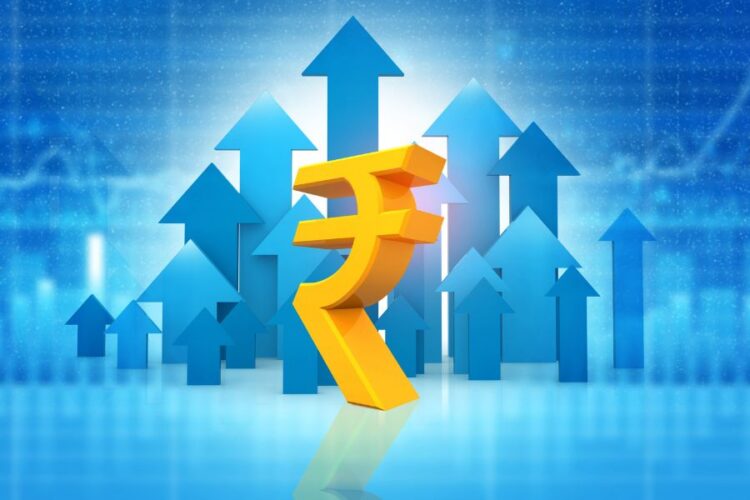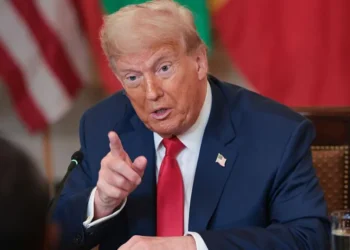India is on track to become the world’s third-largest economy by 2028 and double its GDP to $10.6 trillion by 2035, accounting for 20% of total global growth over the next decade, according to a new report by Morgan Stanley.
The optimistic forecast strengthens India’s position as the world’s fastest-growing major economy, thanks to a mix of decentralized state-level development, solid domestic demand, and fundamental policy reforms that are powering it forward.
Morgan Stanley’s prediction emphasizes the growth of states as significant economic engines. Maharashtra, Tamil Nadu, Gujarat, Uttar Pradesh, and Karnataka are likely to be the first Indian states to reach a $1 trillion GDP.
Gujarat, Maharashtra, and Telangana are now the top-performing states by GDP, although Uttar Pradesh, Madhya Pradesh, and Chhattisgarh have seen significant rises in their economic rankings over the last five years. This change represents India’s ‘competitive federalism’, in which states are increasingly in charge of policy innovation, industrialization, and urbanization.
The research emphasizes how India’s decentralized economic model is supported by sub-national government, with states implementing adaptive policies and infrastructure investments customized to their local economies. This approach promotes industry diversity, strengthens labor markets, and attracts both international and local investment.
Also Read:
Strategic SEO Leadership with Nikolas Monti-Potsolakis
A Switch to AI-powered Sales Solutions with Katalyst: Divyansh Lohia































































